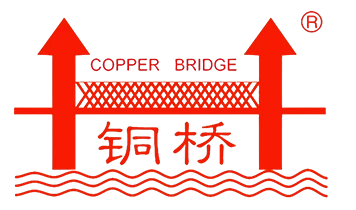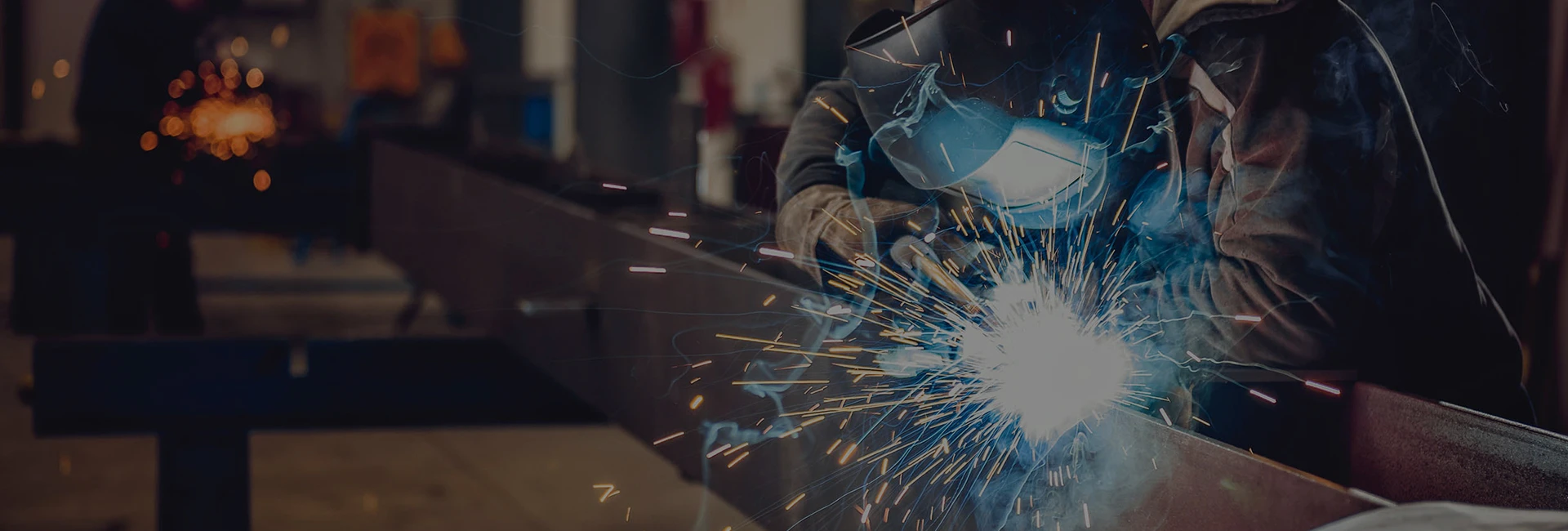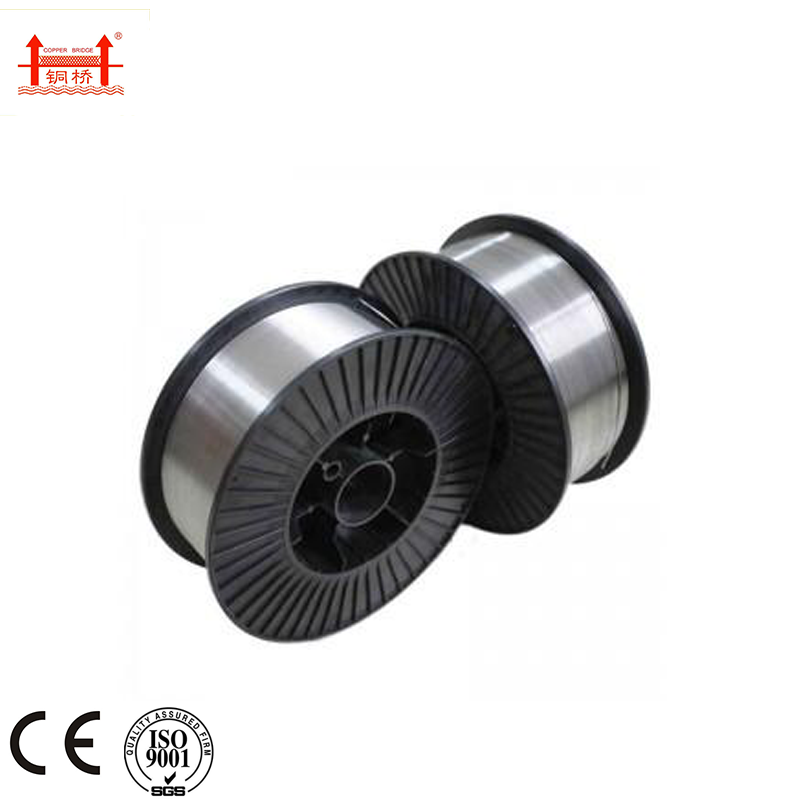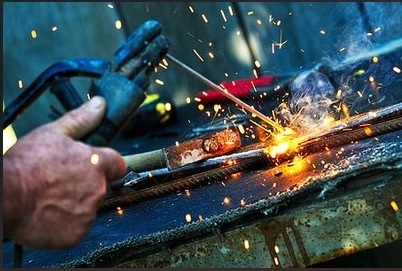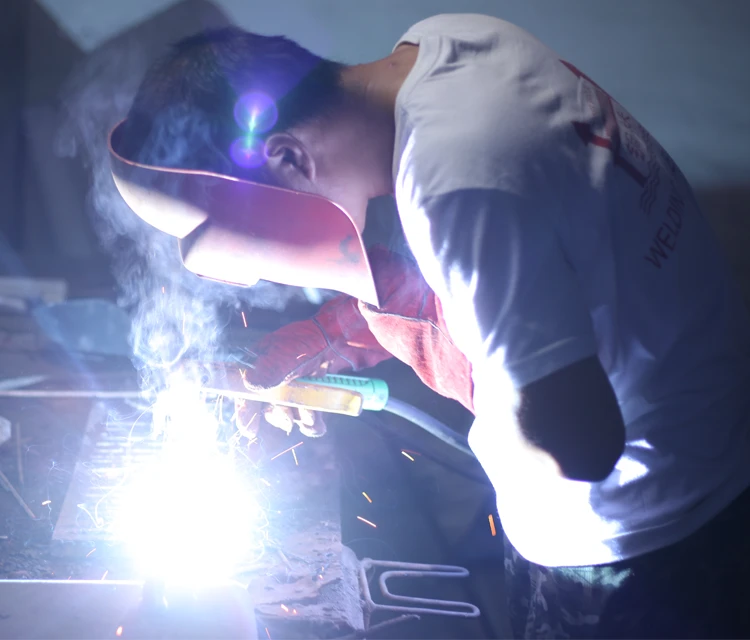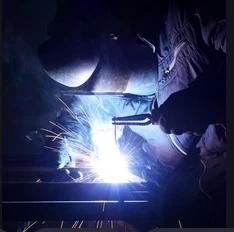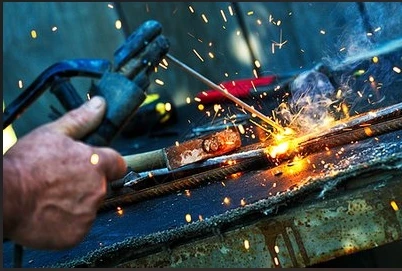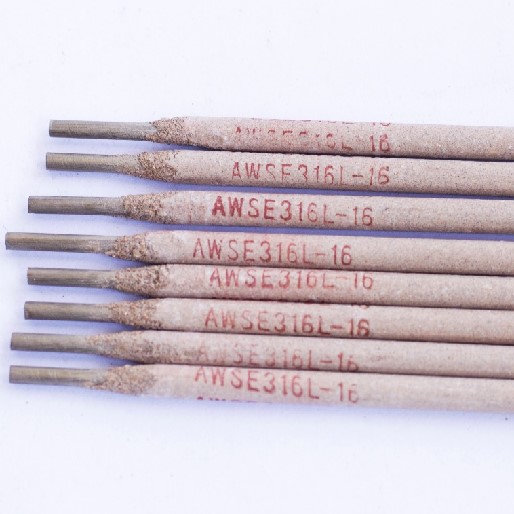What is E6011 Welding Rod Used For? | Comprehensive Guide & Applications
Nov . 18, 2025 15:00
Understanding What is E6011 Welding Rod Used For: A Practical Guide
If you’re involved in welding — even casually — you’ve probably come across the term “what is e6011 welding rod used for”. This specific rod plays a surprisingly vital role in industries worldwide, especially where precision, versatility, and reliability are non-negotiable. Welding rods like E6011 might sound like just technical jargon, but their applications ripple through construction sites, repair workshops, and even humanitarian relief zones. Knowing why and how this rod is used gives you a leg up on quality, safety, and efficiency in almost any metal joining operation.
Globally, the welding industry is a cornerstone for infrastructure growth, manufacturing, and even emergency repairs. According to statistics from the International Organization for Standardization (ISO), welding contributes significantly to industrial productivity and safety standards. The E6011 rod, a popular welding consumable, addresses core challenges such as welding in difficult positions and dealing with rust or dirty metal surfaces.
Mini takeaway: The E6011 welding rod isn’t just one among many rods; it’s a versatile tool designed for tough welding tasks that keeps industries moving forward worldwide.
What Exactly is E6011 Welding Rod?
At its heart, the E6011 welding rod is a type of stick electrode used primarily in shielded metal arc welding (SMAW). If that sounds complicated, imagine it as the metal “pencil” that welders use to create a protective molten pool that joins two metal pieces. The "E" stands for electrode, "60" means it can handle a tensile strength of 60,000 psi, the "1" indicates its all-position usability (flat, overhead, vertical, etc.), and the last "1" signals that it uses a cellulose potassium flux coating.
This flux helps produce a deep penetrating arc with a lot of cleaning action—perfect for welding on metals that might not be totally clean, rusty, or even painted. These characteristics make the E6011 rod quite handy in industries requiring quick yet reliable welds without the luxury of perfectly clean materials or ideal setups.
Besides being a workhorse for daily industrial tasks, the E6011 rod is also integral to humanitarian and emergency applications where pragmatic, fast, and robust results are needed. If you’re curious about the technicalities behind it, what is e6011 welding rod used for offers a deep dive into the specifics.
Mini takeaway:
- E6011 rods create strong welds on challenging surfaces thanks to their unique flux coating.
- They are highly versatile, usable in nearly any welding position.
Core Features of E6011 Welding Rods
1. Durability & Penetration
One of the biggest appeals of the E6011 rod is its deep penetration ability. This rod ensures the molten metal reaches down into crevices, cracks, and rough surfaces—critical for structural integrity especially in older, weathered constructions.
2. All-Position Welding Capability
Flat or overhead, vertical or horizontal — the E6011 rod is designed to weld effectively in almost every position. This flexibility means fewer changes on the job site and increased productivity.
3. Compatibility with Contaminated Surfaces
Thanks to the cellulose potassium coating, the E6011 rod can handle welding on rusty, dirty, or painted surfaces. This “self-cleaning” feature reduces preparation time drastically.
4. Arc Stability and Spatter Control
The rod maintains a stable arc that’s easier to control, making welding smoother, faster, and less messy — always appreciated by welders tackling tedious, large-scale projects.
5. Cost Efficiency
While you can’t expect miracles, E6011 rods are generally affordable and widely available, offering a good balance of price and performance for both small and big jobs.
Mini takeaway:
These rods pack practicality, durability, and ease of use into one product, making them go-to choices for many welding professionals.
Where Are E6011 Welding Rods Most Commonly Used?
The applications really span a surprising gamut. From heavy construction projects to emergency repair in remote sites — E6011 rods have you covered:
- Construction & Infrastructure: From bridges to pipelines, welding on-site usually means dirty and rough surfaces. E6011 rods help welders maintain strength and speed.
- Repair Work: In vehicular garages and shipyards, quick fixes on corroded parts are common. The rod’s cleaning action is invaluable.
- Disaster Relief Operations: After earthquakes or floods, rebuilding requires on-the-fly welding with minimal prep time.
- Remote Industrial Zones: Mining camps or oil rigs often lack ideal conditions, so an adaptable rod helps keep machinery running.
Organizations like the United Nations Office for the Coordination of Humanitarian Affairs (OCHA) often rely on welding technologies when shipping modular shelters and infrastructure kits to disaster zones — making rods like E6011 essential tools.
Mini takeaway:
In short, when you have to weld anywhere, anytime, and on imperfect surfaces, E6011 is the rod you turn to.
Advantages and Long-Term Value of Choosing E6011 Welding Rods
- Safety: Reliable penetration ensures weld points hold firm in stress conditions.
- Cost Savings: Reduced cleaning means lower prep costs and faster job completion.
- Sustainability: Extending the life of existing metal plates through solid repairs helps reduce waste.
- Trust & Innovation: Welding with E6011 rods means fewer weld defects, fewer callbacks, and greater trust with clients and partners.
- Emotional Peace of Mind: Users often share that they “just feel safer” knowing the weld will hold — which when you’re working on, say, heavy machinery, is priceless.
Product Specification Table
| Specification | E6011 Welding Rod | Typical Range |
|---|---|---|
| Tensile Strength | 60,000 psi (415 MPa) | 55,000–65,000 psi |
| Operating Positions | All (flat, vertical, overhead, horizontal) | All positions |
| Flux Type | Cellulose Potassium | Cellulose or Rutile |
| Arc Stability | Good | Good to Excellent |
| Recommended Current | DC+, 70–130 Amps | 50–150 Amps |
| Typical Coating Thickness | 0.045” (1.2 mm) | 0.035” – 0.052” |
Comparing Leading Suppliers of E6011 Welding Rods
| Vendor | Quality Rating | Price per kg | Global Availability | Customer Support |
|---|---|---|---|---|
| Jinlong Welding Electrode | 9.2/10 | $4.50 | Worldwide | 24/7 Multilingual |
| ABC Welding Supplies | 8.5/10 | $4.80 | North America, Europe | Business Hours Only |
| SteelPro Rods | 8.0/10 | $4.20 | Asia, Australia | Limited |
Looking Ahead: Innovations and Trends in E6011 Welding Rod Usage
The welding industry isn’t frozen in time. Frankly, it feels like every year some new coating or metal alloy pops up promising better strength or lower fumes. For E6011 rods, researchers are working on greener flux materials that reduce welding smoke, improving workplace safety. Digital welding machines that optimize current and arc settings also make welding easier for novices and veterans alike.
In addition, automation — welding robots especially — are adapting to use rods like E6011 in confined spaces and high positions where human welders struggle. It’s a blend of traditional techniques with cutting-edge tech, kind of poetic when you think about it.
Addressing Challenges & Practical Solutions
Not everything is perfect. Some welders find E6011 rods harder to master compared to other rods due to their fast burn-off rate and delicate arc control. But this can be solved by good training and using welding machines with better arc force control.
Also, because E6011 rods require DC electrode positive (DCEP) current, ensuring the right power source is critical — a simple mismatch can lead to poor weld quality or excessive spatter.
FAQs About What is E6011 Welding Rod Used For
- What metals can I weld using an E6011 rod?
- Primarily, E6011 rods are ideal for welding mild steel and low alloy steels. They handle rusty or dirty metals well but are not suitable for stainless steel or aluminum.
- Can E6011 rods be used for vertical welding?
- Yes! E6011 rods are rated for all-position welding, including vertical and overhead, making them versatile and reliable for complex projects.
- Why does E6011 require DC positive (DCEP) welding current?
- The positive polarity directs electrons into the base metal, resulting in deeper penetration — a defining feature needed for strong welds on contaminated surfaces.
- How long should I store E6011 rods?
- Store rods in a dry environment and keep them sealed to avoid moisture absorption. Proper storage usually keeps them usable for up to 6 months.
- Is E6011 better than E6010 rods?
- Compared to E6010, the E6011 rod works better with AC welding machines and generally offers easier arc starting and a more stable arc, though E6010 provides even deeper penetration in some cases.
Conclusion: Why Knowing What is E6011 Welding Rod Used For Matters
For anyone who welds — or handles projects involving metal repair — understanding what is e6011 welding rod used for unlocks a world of smarter decisions. It blends reliability, cost-effectiveness, and flexibility in ways few rods can match. Whether on a job site in Southeast Asia or a repair shop in Europe, it’s no exaggeration that E6011 rods keep metalwork strong and consistent.
Next time you pick up that welding rod, you might see it a bit differently now. Curious to explore more? You can visit our website: https://www.jinlongweldingelectrode.com for detailed specs, purchasing options, and expert advice.
References:
1. International Organization for Standardization (ISO). Welding standards and guidelines.
2. United Nations Office for the Coordination of Humanitarian Affairs (OCHA). Relief infrastructure technologies.
3. Wikipedia: Welding Electrodes
Related Video


